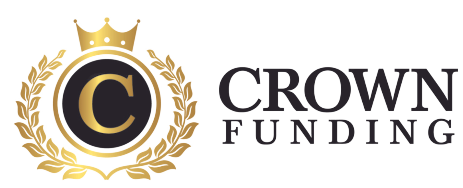The Mortgage Approval Process
Mortgage Approval Process
How does the mortgage approval process work? Even though each bank or lender has its own requirements, procedures and steps but they all lead to one finding: does the borrower have the ability and the willingness to fulfill his or her obligation.
The Application
The mortgage approval process starts when the lender receives your signed mortgage application along with a signed consent form and all the supporting documents. Once that initial step is accomplished, the lender will start to process your mortgage application and let you know if they need any more supporting documents or explanations from you.
Credit Report
If you meet the basic requirements and after doing preliminary debt ratios if the underwriter feels this is a doable loan, the underwriter will order a credit report. If you have good credit and your credit score is above the minimum required for your type of mortgage, your application will move to the next step. If you have bad credit and a low credit score, meaning it is below the minimum cut-off line, the bank will decline the mortgage. Even if your credit score is high, the bank still may need explanations from you about some items on your credit report.
Debt Ratios
Now that the underwriter has your credit report and knows all your liabilities, he can accurately figure out your true debt ratios. What is the debt ratio? A debt ratio is a percentage of your income needed to pay your expenses.
There are two kinds of debt ratios: Gross Debt Service Ratio (GDS) and Total Debt Service Ratio (TDS). Your these two ratios determine how much of a mortgage a bank is willing to loan you.
Gross Debt Service Ratio (GDS)
The GDS ratio takes into account only your housing expense, like principal, interest, taxes, and heat. (PITH). If your property is a Condo or a Townhouse, the bank will add 50% of your Strata fee to your housing expense. The industry standard for a GDS ratio is 35%. It can be stretched depending on other compensating factors.
Total Debt Serice Ratio (TDS)
The TDS ratio takes into account not only your housing expense but also all other debts, like payments on auto loans, credit cards, personal loans and any other obligation that you may have. The banks like to see the TDS ratio under 42%. This can also stretch to an absolute maximum of 44% depending upon other compensating factors.
If your debt ratios are in line, the bank will order the appraisal which you will have to pay for upfront.
Appraisal
If the appraisal comes back as expected, your lender will send you an approval letter with or without any conditions.
Lender Instructions
After all of your subject to approval, conditions have been satisfied, your mortgage will move to the instruction phase. What this means is that the lender will instruct their Lawyer or a Notary (conveyancer) that they are ready to prepare and register the mortgage and disburse the funds.
If you are borrowing a private mortgage, you will also have to engage a lawyer or notary to act on your behalf.
The Signing of the Mortgage Documents
The Lawyer or Notary will set up an appointment with you to sign the mortgage documents. Make sure you take your ID’s with you and also any other documents and or statements that your Lawyer requested.
Disbursement of Funds
Once the lender receives your signed mortgage documents, the lender will review them for accuracy and completeness. If the lender is satisfied, the lender will fund the mortgage. If there are any mortgage, loans, debts need to be paid-off from the mortgage proceeds, your lawyer will pay them first and the net proceeds will be disbursed to you.
Congratulations on your mortgage closing. Now, all you have to do is to make your payments on time.
Remember, good credit has its rewards!
